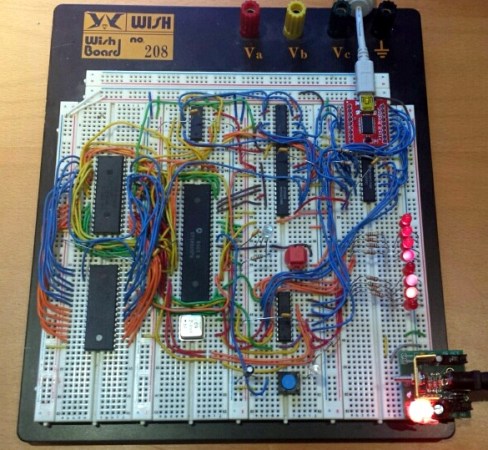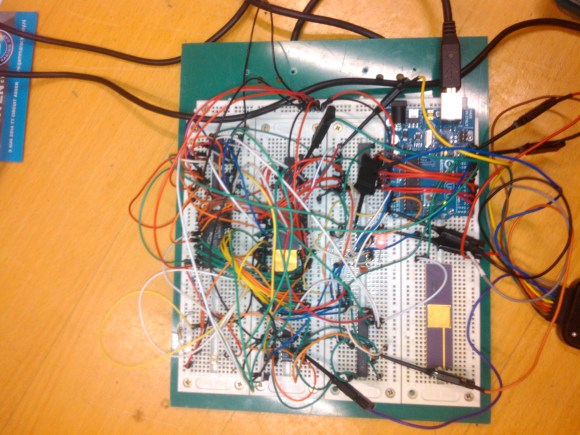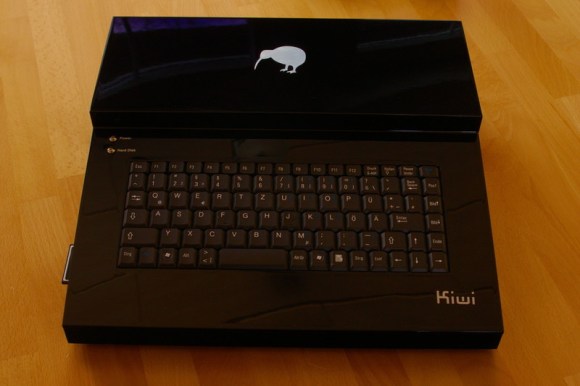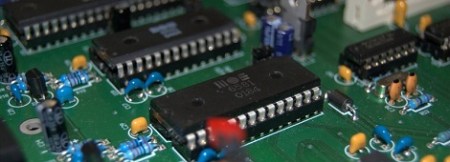The BBC Microcomputer, launched in the early 1980s, holds a special place in computing history. Designed for educational purposes, it introduced a generation to programming and technology. With its robust architecture and community-driven modifications, the BBC Micro remains a beloved project for retro computing enthusiasts. [Neil] from Retro4U has been delving into this classic machine, showcasing the fascinating process of repairing and upgrading his BBC Micro with a 68008 CPU upgrade.
Last week, [Neil] shared his progress, unveiling advancements in his repairs and upgrades. After tackling a troublesome beep issue, he successfully managed to get the BBC running with 32 KB of functional memory, allowing him to boot into BASIC. But he wasn’t stopping there. With ambitions set on installing the 68008 CPU, [Neil]’s journey continued.
The 68008 board offers significant enhancements, including multitasking capabilities with OS-9 and its own hard drive and floppy disk controller. However, [Neil] quickly encountered challenges; the board’s condition revealed the usual broken capacitors and a few other faulty components. After addressing these issues, [Neil] turned his attention to programming the necessary ROM for OS-9.
Looking to get your hands dirty? [Neil] has shared a PDF of the upgrade circuit diagram. You can also join the discussion with fellow enthusiasts on his Discord channel, linked in the video description.
Continue reading “BBC Micro: A Retro Revamp With The 68008 Upgrade”
















